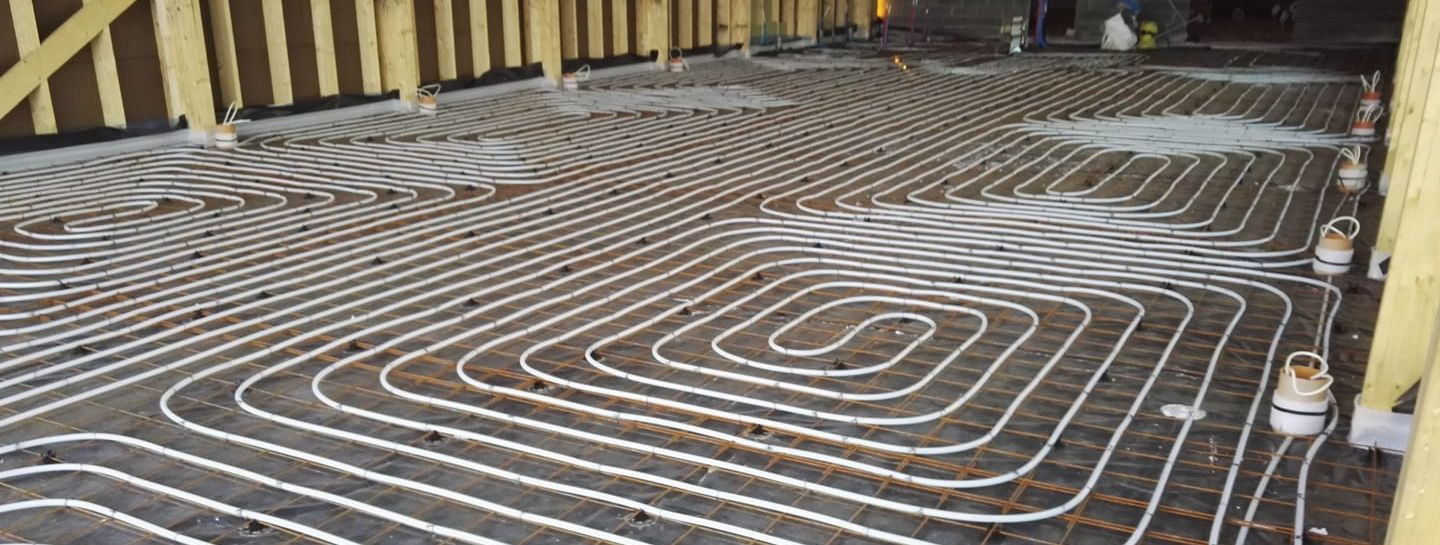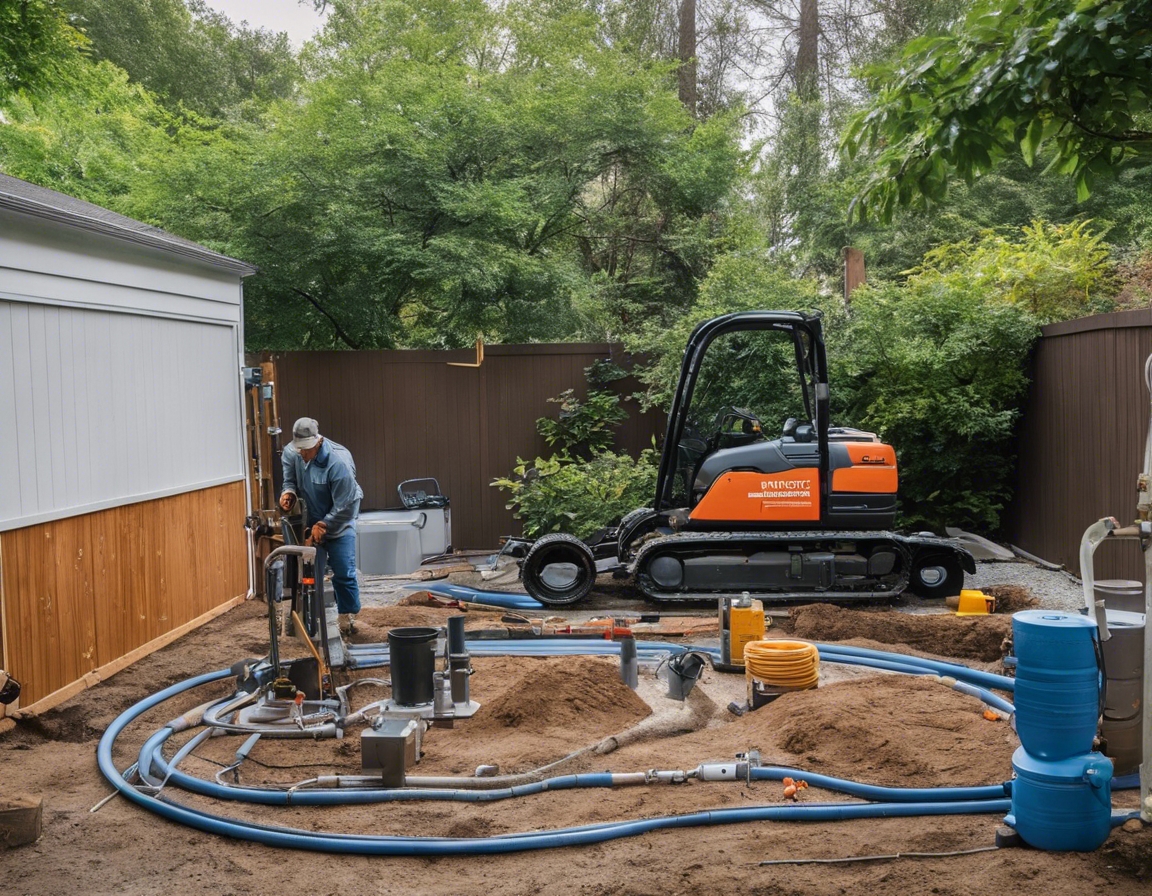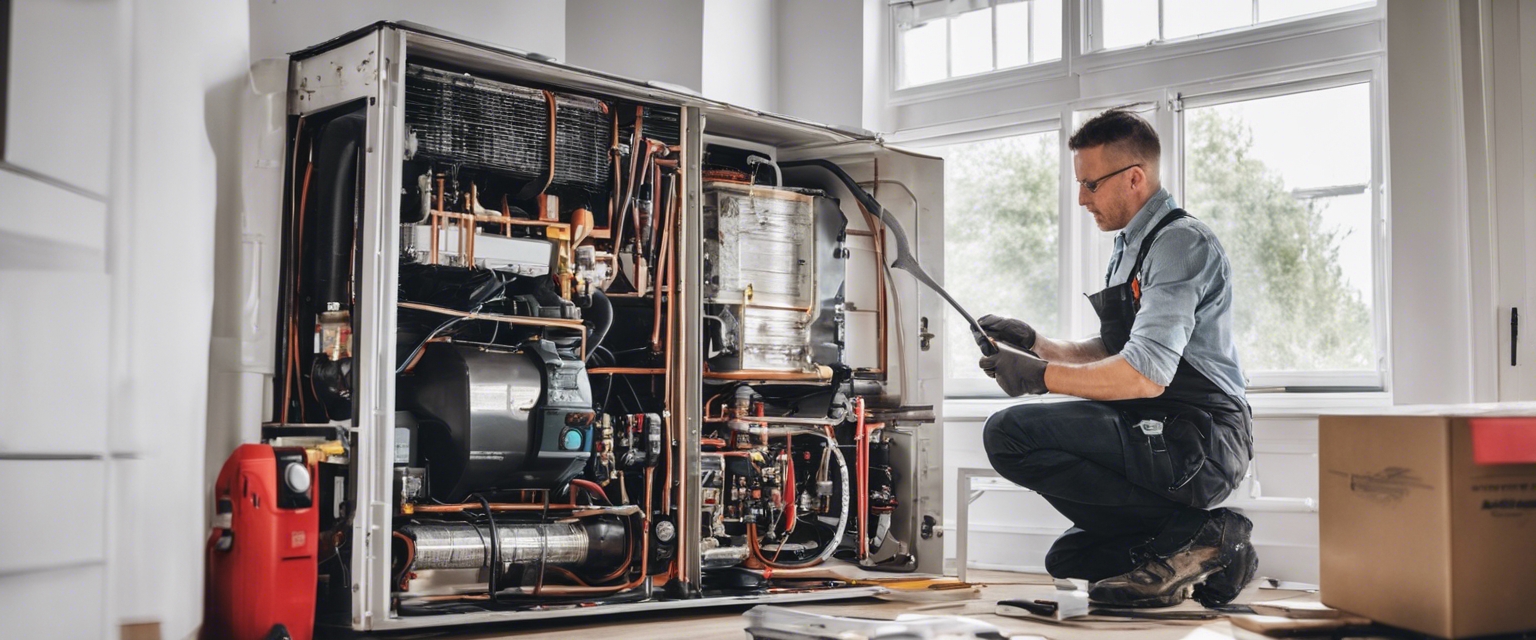The ultimate guide to underfloor heating installation
Underfloor heating is a form of central heating that achieves indoor climate control for thermal comfort using conduction, radiation, and convection. The modern incarnation of underfloor heating has become a sought-after feature in homes and businesses, offering a more efficient and comfortable heating solution compared to traditional radiators.
Underfloor heating systems distribute heat evenly across the floor, eliminating cold spots and creating a comfortable living environment. They are invisible and silent, saving space and reducing dust circulation. Additionally, they are known for their energy efficiency, which can lead to lower utility bills and a reduced carbon footprint.
There are two main types of underfloor heating systems: electric (or dry) systems and water-based (or wet) systems. Electric systems use electric wires or heating mats, while water-based systems circulate warm water through pipes under the floor. Each type has its own installation process and is suitable for different types of projects.
Planning Your Underfloor Heating Installation
Before installing an underfloor heating system, it's crucial to assess the specific needs of your space. Consider the size of the area, insulation levels, and flooring type. This will help determine the most suitable system and the layout of the heating elements.
When selecting an underfloor heating system, consider factors such as installation costs, the type of flooring you will be using, and the system's compatibility with your existing heating setup. Consulting with a professional can provide valuable insights into the best options for your situation.
Understanding the installation process is essential for a successful underfloor heating system. This includes knowing the steps involved, the time required, and whether you'll need to vacate the premises during installation.
Step-by-Step Guide to Underfloor Heating Installation
The first step in installing an underfloor heating system is to prepare the subfloor. This may involve cleaning, leveling, and sometimes reinforcing the subfloor to ensure it can support the new heating system.
Insulation is key to an efficient underfloor heating system. It ensures that heat is directed upwards into the room rather than being lost to the ground. The insulation layer should be installed directly beneath the heating elements.
For electric systems, heating mats or wires are rolled out or laid in a specific pattern. For water-based systems, pipes are laid out in loops and connected to the manifold. The layout must be carefully planned to provide even heat distribution.
Once the heating elements are in place, they must be connected to the power supply and a thermostat. The thermostat allows for precise temperature control and helps to optimize energy usage.
The final step is to apply the flooring surface over the heating system. Options include tile, stone, laminate, or engineered wood. It's important to choose a flooring material that conducts heat well to ensure the system's efficiency.
Maintenance and Troubleshooting
Regular maintenance of your underfloor heating system can extend its lifespan and ensure it operates at peak efficiency. This includes checking the thermostat, inspecting for leaks in water-based systems, and ensuring the system is free from obstructions.
If you encounter issues with your underfloor heating system, common troubleshooting steps include checking the thermostat settings, inspecting the circuit breakers, and ensuring there are no airlocks in water-based systems.
Costs and Considerations
The cost of installing an underfloor heating system varies depending on the type of system, the size of the area, and the complexity of the installation. It's important to get a detailed quote from a professional to understand the full investment required.
While the initial cost of an underfloor heating system may be higher than traditional heating methods, the long-term savings on energy bills and the increased comfort can provide a significant return on investment.
Underfloor heating systems are not only cost-effective but also environmentally friendly. They can reduce your carbon footprint and are often compatible with renewable energy sources, making them an excellent choice for eco-conscious homeowners and businesses.






Comments (0)